Markets and restaurants are taking notice too! The hidden potential of Joban-mono.
2023.03.31
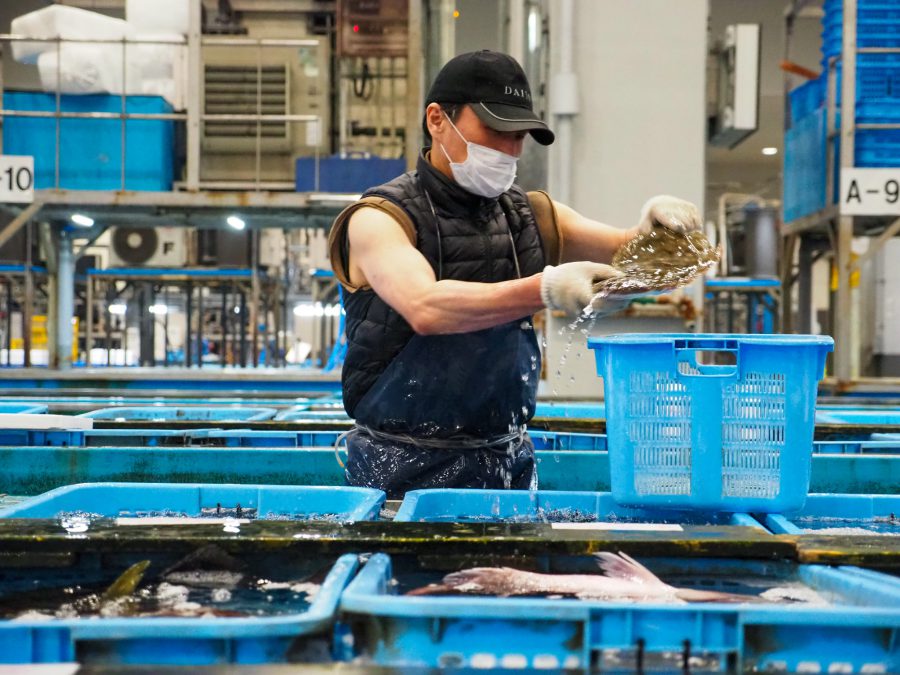
Joban-mono, which grows in nutrient-rich waters, is highly regarded nationwide for its variety of species and excellent quality.
It is also attracting a lot of attention from Toyosu Market, restaurants, and other related sectors.
We spoke to a fish auctioneer at Toyosu Market and a chef who sources fish directly from Fukushima to learn about the appeal of Joban-mono from their perspectives.
The quality of Joban-mono recognized by professionals
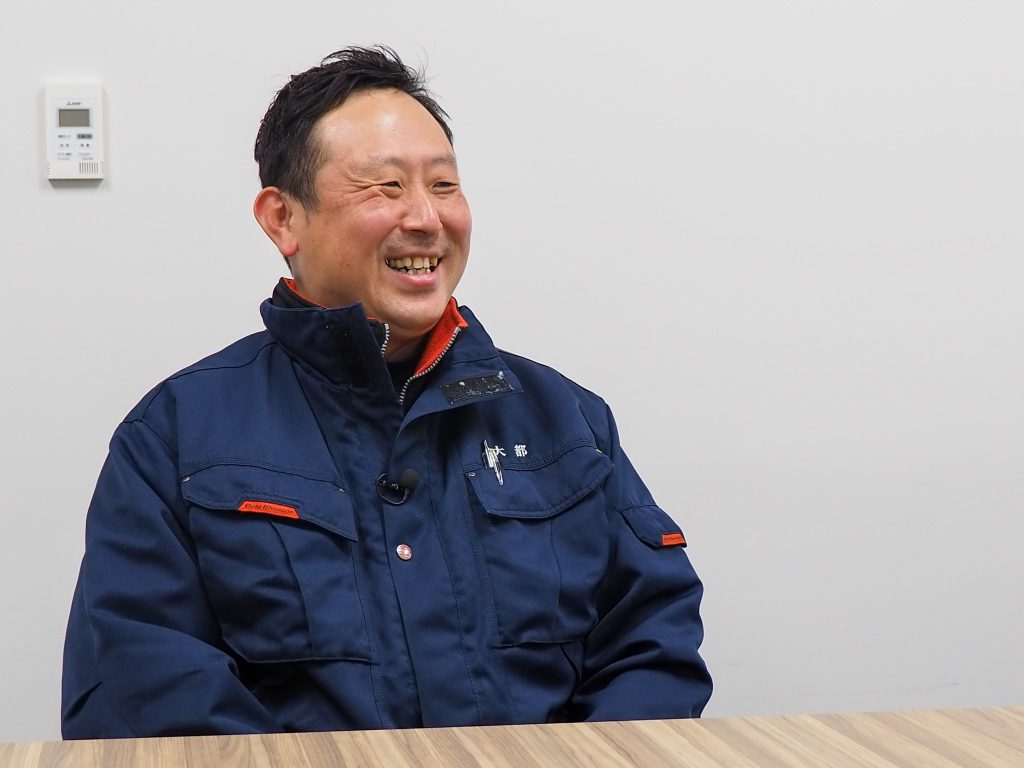
Toyosu Market in Tokyo, which is the largest market in Japan, is a gathering place for carefully selected seafood from all over the country. Globally, it is one of the largest markets, with approximately 1,400 tons of fish delivered daily for auction and direct sales. Seafood from Fukushima arrives daily and is sold to restaurants and fish markets through wholesalers and intermediate wholesalers.
According to Mr. Tomokazu Kono, who works in the live fish division of Daito Gyorui Co., Ltd., headquartered within the market, Fukushima is a place where fish in excellent condition are caught due to the abundance of food available. The company also handles a wide variety of seasonal Joban-mono throughout the year.
On the say of the interview conducted in early March, Toyosu Market received three types of live flounder, greenling, and yellowtail flounder. Flounders are particularly representative of winter Joban-mono fish, with thick meat and a high reputation. At other times of the year, flounder species such as yellowtail flounders and stone flounders are also highly prized. According to Kono-san, “Joban-mono flounders have been regarded as the best in Japan since before the earthquake.” There are other sandy areas with abundant food, but the fishing grounds in Fukushima are particularly extensive. The flounder species are still traded at high prices today.

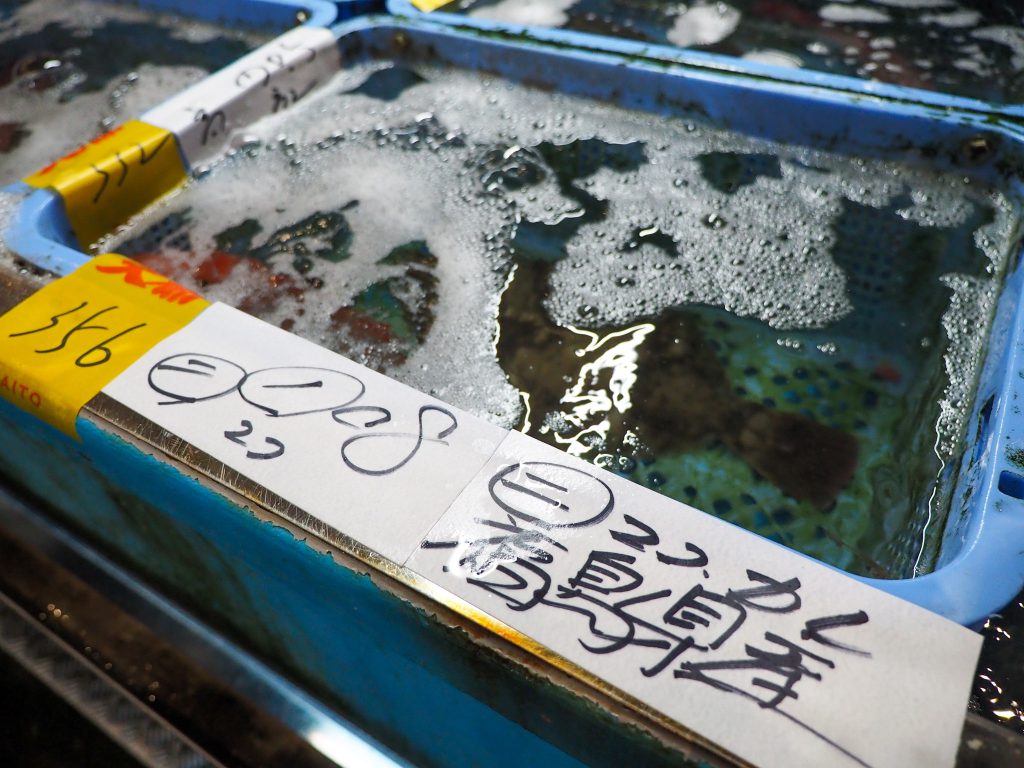
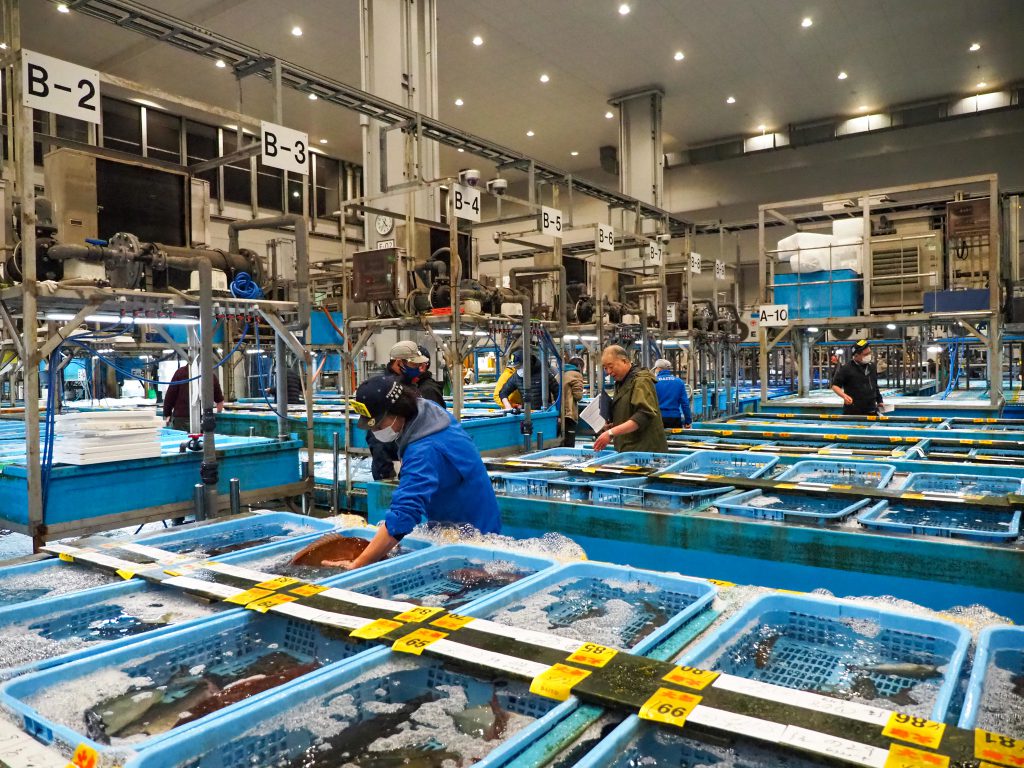
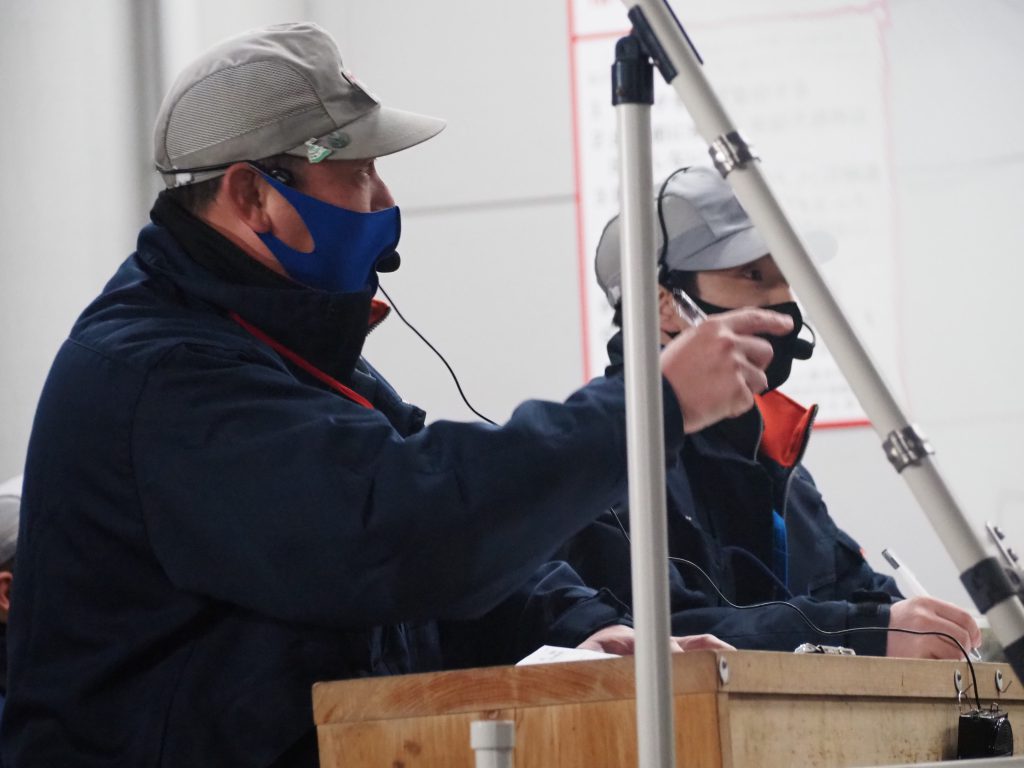
Among the Joban-mono fish, the sea bass caught in midsummer has been rapidly gaining high acclaim over the past two years. It is said to be of such high quality that it trades at four to five times the price of sea bass from other regions. “Honestly, Joban-mono sea bass is like a different fish compared to those from other areas”, says Kono-san. He explained that the fat content and flesh quality are so superior that it can be said to be a completely different fish.
Kono-san adds, “For those who work at Toyosu, it is common knowledge that Joban-mono fish are of excellent quality”. Careful handling by fishermen and shippers is another key factor in ensuring that fish from Fukushima arrive in Toyosu in good condition. Even at Toyosu Market, where high-quality live fish gather from all over Japan, the demand for Joban-mono is high.
●Daito Gyorui Co., Ltd.
Address:6-6-2 Toyosu, Koto City, Tokyo
HP:https://www.daitogyorui.co.jp/
Directly shipped from Soma! Assorted Joban-mono seafood
One establishment that has great confidence in Joban-mono seafood and sources it directly from Soma City, Fukushima Prefecture, is the Italian restaurant “Bancarella Gioia” in the Ginza-Kyobashi area. Every week, this restaurant receives an assortment of seafood from Iizuka Shoten, a fishery wholesaler in Soma. The restaurant does not specify the types of fish they want; the contents are left entirely to the wholesaler’s discretion. What is it about Joban-mono seafood that appeals to chefs? We spoke with Mr. Hiroshi Tazawa, the representative, and Yuji Sakai, the executive chef. “Bancarella Gioia” started using Joban-mono seafood about three years ago. Before that, they used to buy fish at Toyosu Market, but now almost all the fish they use are Joban-mono. Previously, they did not receive many orders for fish dishes, but since switching to Joban-mono, “fish dishes have become popular”, says Tazawa-san. Since they receive direct shipments, they can offer the fish dishes at lower prices. “I think our customers appreciate that it’s both affordable and delicious”.
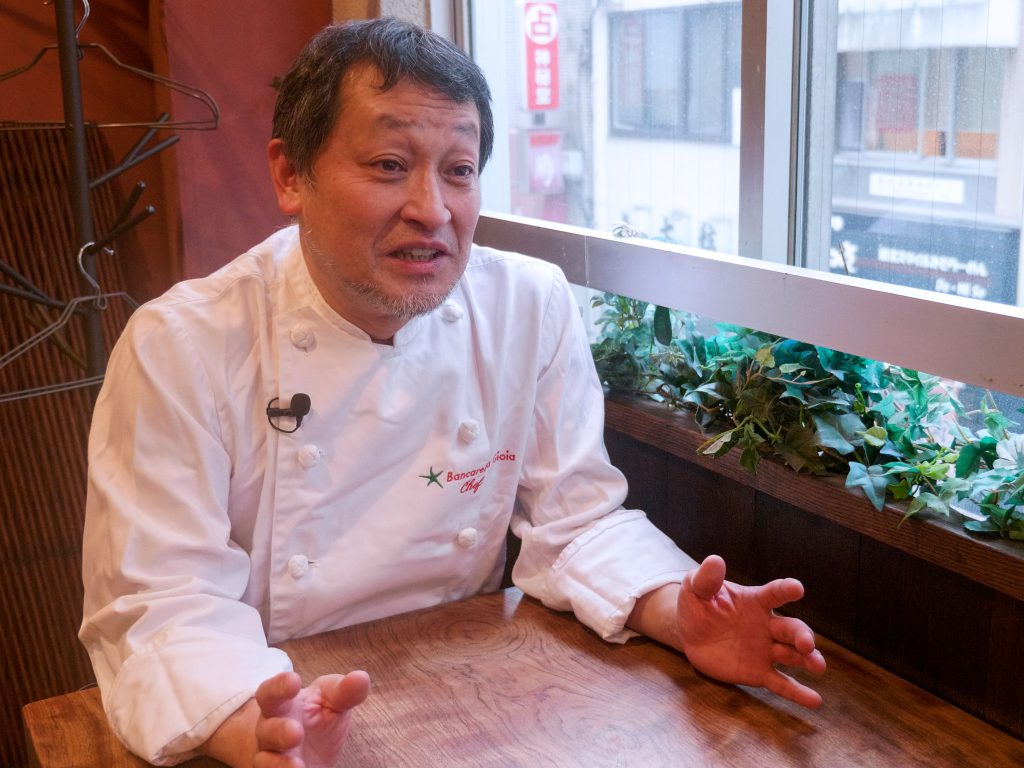
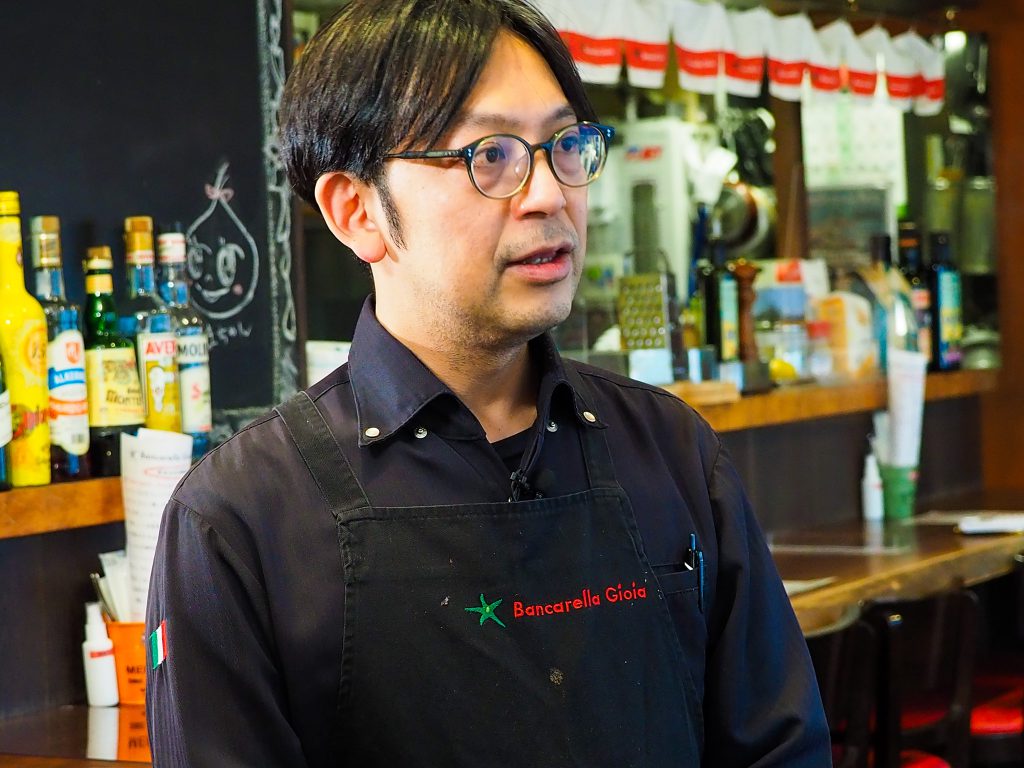
Executive Chef Yuji Sakai praises Joban-mono seafood, saying it is “fresh and delicious”. You never know what you are going to get, and you will also receive fish that you would not have chosen yourself. “It’s fun to think about how to cook and serve these fish deliciously”, he says.
The encounter between “Bancarella Gioia” and Joban-mono dates back to around 2017. While doing business with a company in Fukushima Prefecture, Tazawa-san heard about Joban-mono seafood. Intrigued, he decided to visit the area. He also inspected the fishing port, which was in its fifth year of trial operations at the time. Speaking directly with the local people increased his desire to try the seafood, and he told them, “Please send it once you are able to ship”. This marked the beginning. Subsequently, regular catches began, and the first delivery to the restaurant was large flounders. “When I saw them shining brightly, I knew they were the real deal”, said Tazawa-san. After tasting them and being amazed by their deliciousness, they began sourcing directly from then on.
The Joban-mono seafood delivered to the restaurant includes a variety of fish such as flounders, conger eels, blackthroat seaperches, Spanish mackerel, giant clams, squids, octopuses, and female snow crabs. Some fish species arrive alive and are “generally of good quality.” They are carefully processed before shipping so the fish arrive at the store fresh.
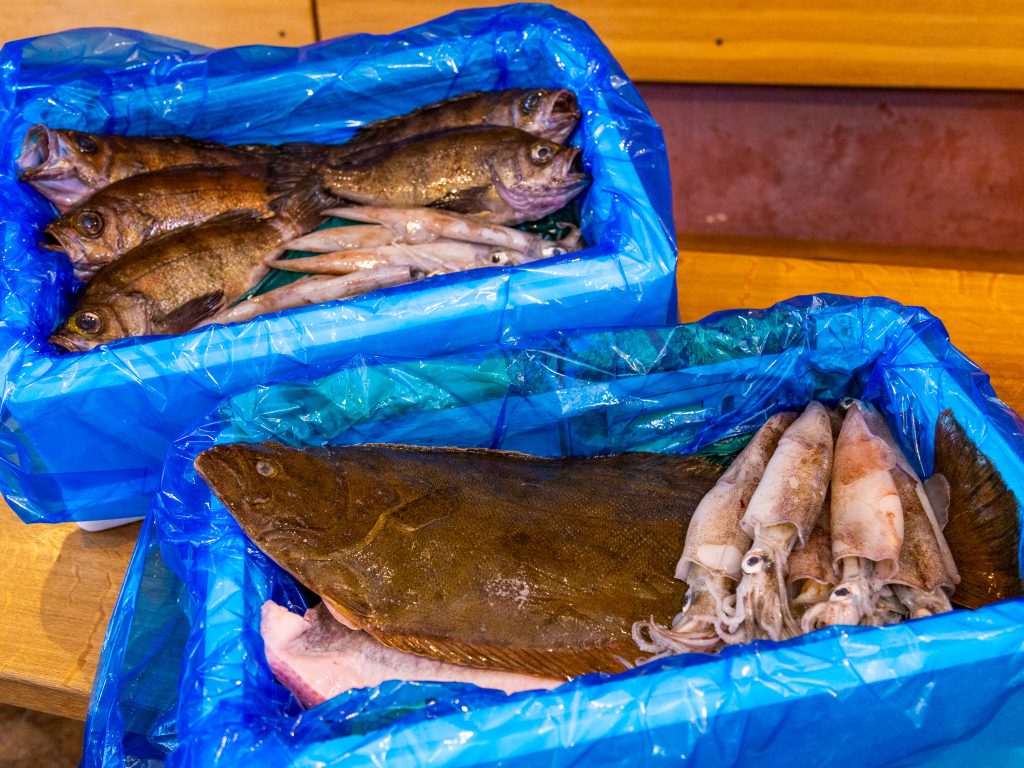
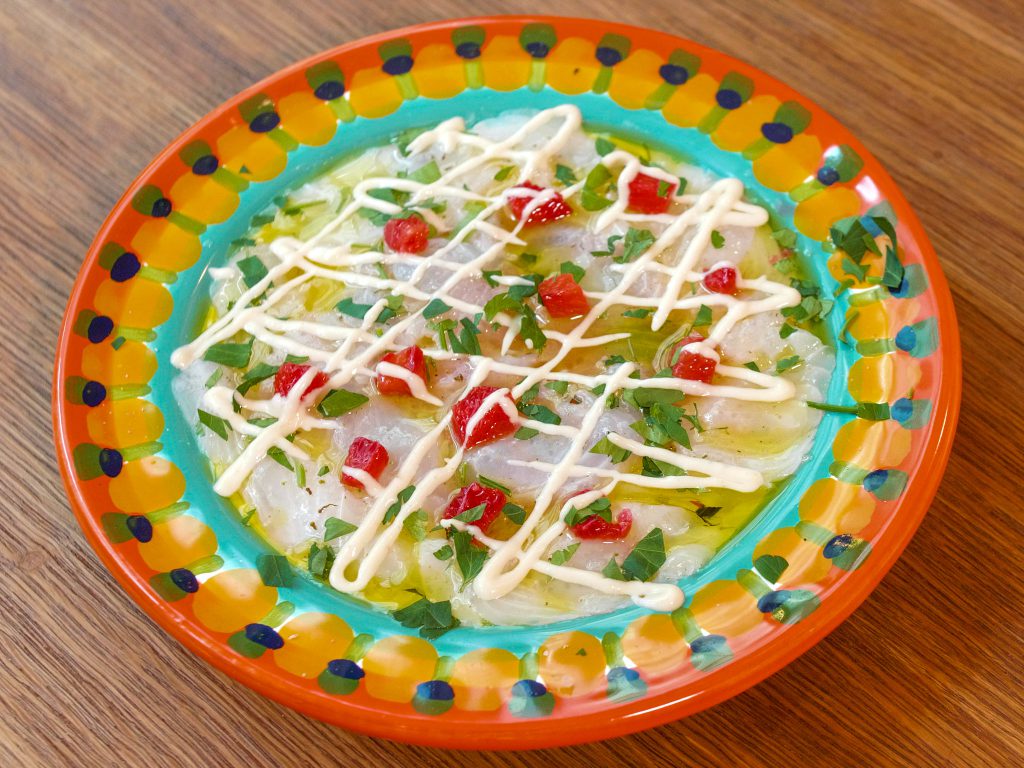
A particularly popular dish is the flounder carpaccio. According to Sakai-san, the Joban-mono flounder is “firm and has a rich flavor”. It’s difficult to balance dishes with mild-flavored fish as they can be overpowered by other ingredients, but this one “has a rich flavor that can even stand up to olive oil”.
Another staple of the restaurant is the rockfish acqua pazza. The seasoning is simple, using only clams, tomatoes, olives, salt, and water. You can fully enjoy the strong umami flavor of the rockfish itself.
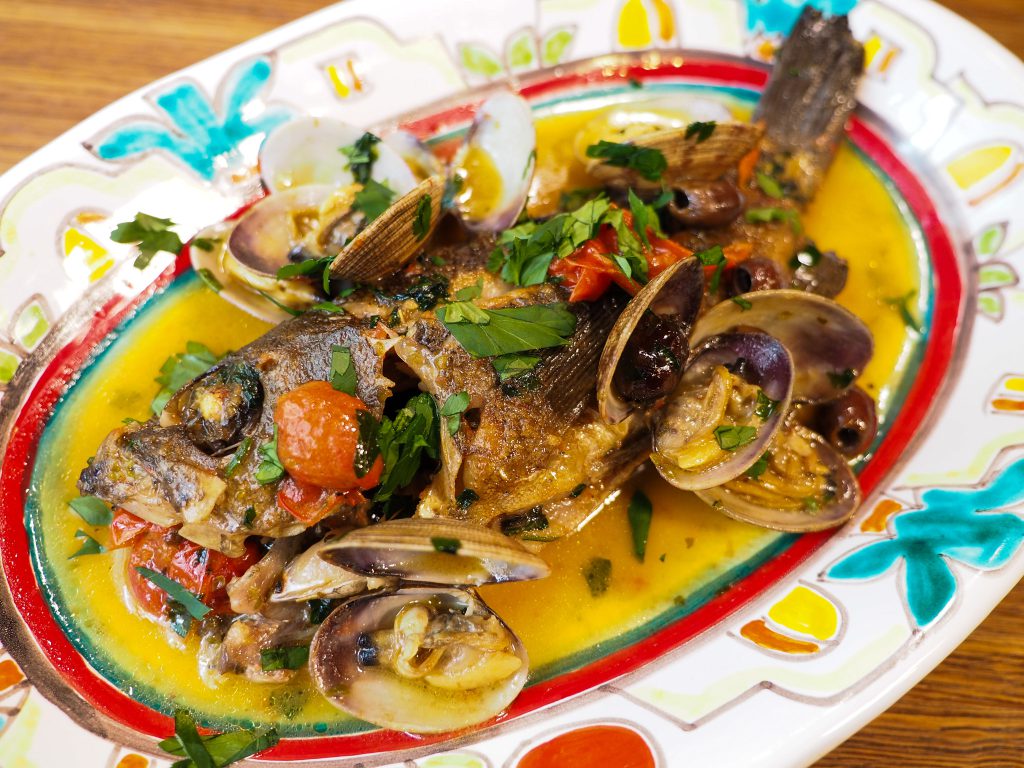
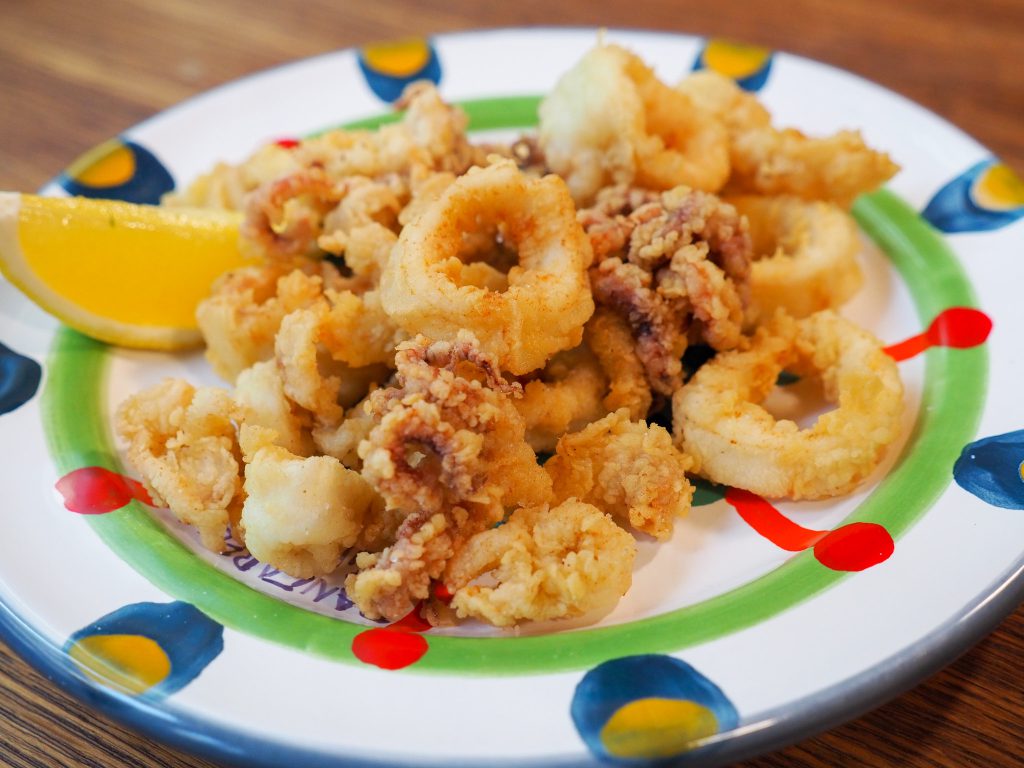
Not knowing what will arrive adds an element of surprise and leads to new discoveries. When conger eels arrived before, they were cooked using Italian eel dishes as inspiration. Steaming and roasting the conger eel rolled with anchovies and capers turned out to be unexpectedly delicious. When they sourced the ingredients themselves, “We never used conger eels”. Thanks to leaving it up to the supplier, the variety of dishes has increased. They have even taken all their employees to Soma since they started buying directly from the supplier. When he actually saw the market, Tazawas-san says, he was “surprised by the energy”. They also sometimes send the supplier photos of the dishes they make with the fish they receive. Tazawa-san says the biggest advantage of direct sourcing is “the peace of mind and safety that comes from buying from people he knows”. It seems they are building a win-win relationship by communicating with the local supplier.
●Bancarella Gioia
Address:2nd Floor, Sankyo Building, 3-3-12 Kyobashi, Chuo City, Tokyo
Tel:03-3231-8588
(Contact hours: 1 PM to 10 PM)
Closed:Sundays and the 2nd and 4th Mondays

